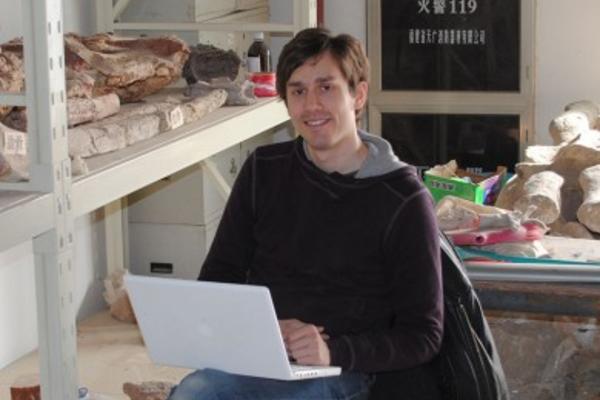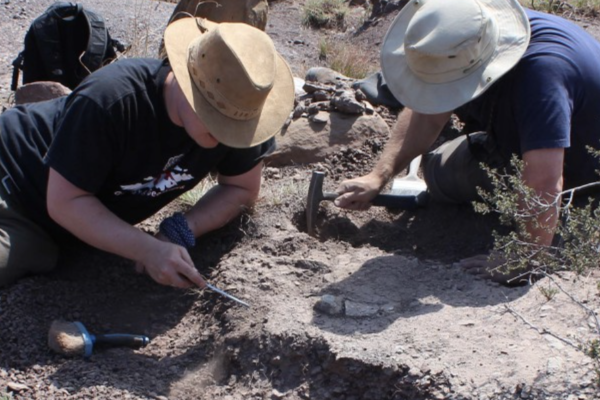Professor Roger Benson
Vertebrate Palaeobiology
My research spans from field discovery and detailed anatomy of fossils, up to quantitative analysis of the large-scale patterns of evolution that have shaped biodiversity. It incorporates 3D morphometric and comparative study of both living and fossil species, phylogenetic palaeobiology, quantitative studies of form-function relationships, and classic elements of palaeontology/systematics.
My expertise is focused on Mesozoic and Late Palaeozoic groups including dinosaurs, marine reptiles, and early synapsids. My groups has addressed fundamental questions on the deep time evolutionary history of tetrapods more widely, including mammals, birds, crocodylians, turtles, lizards and their ancestors.
Large-scale evolutionary patterns: My research in this area brings deep time data to bear on questions of adaptive zone invasion and the radiation of important living and fossil groups. I have generated large, quantitative datasets of anatomical variation among species within major groups of vertebrates. These provide new insights into fundamental questions about the evolution of morphological diversity and species richness, illustrating the large-scale patterns of evolution on timescales exceeding 100 million years, during the evolutionary radiations that gave rise to most extant biodiversity.
Phylogenetics: My work on dinosaurs, marine reptiles, and stem-group mammals, and the work of my graduate students on turtles and early reptiles, has resolved many long-standing uncertainties on evolutionary relationships within these groups. The resulting evolutionary trees are central to understanding macroevolutionary pattern and process during vertebrate evolution. This includes major evolutionary transitions such as the origins of birds and mammals, and secondary adaptation to aquatic life in terrestrial tetrapods.
Life/Earth interactions: I have focused on characterising the statistical links between rock record biases, climatic parameters, and vertebrate diversity using multivariate statistical approaches from time series analysis, and sample-standardisation. These studies demonstrate that large-scale biases explain much of the apparent distribution of biodiversity in the fossil record. Variation in the geographic extent and location of the fossil record among intervals in particular is an important and generally overlooked problem. However, these problems can be accommodated statistically, revealing important associations between environmental change and long-term patterns of biodiversity.
| Email: | rbenson@amnh.org |
| College: | St Edmund Hall |
| GOOGLE SCHOLAR |





